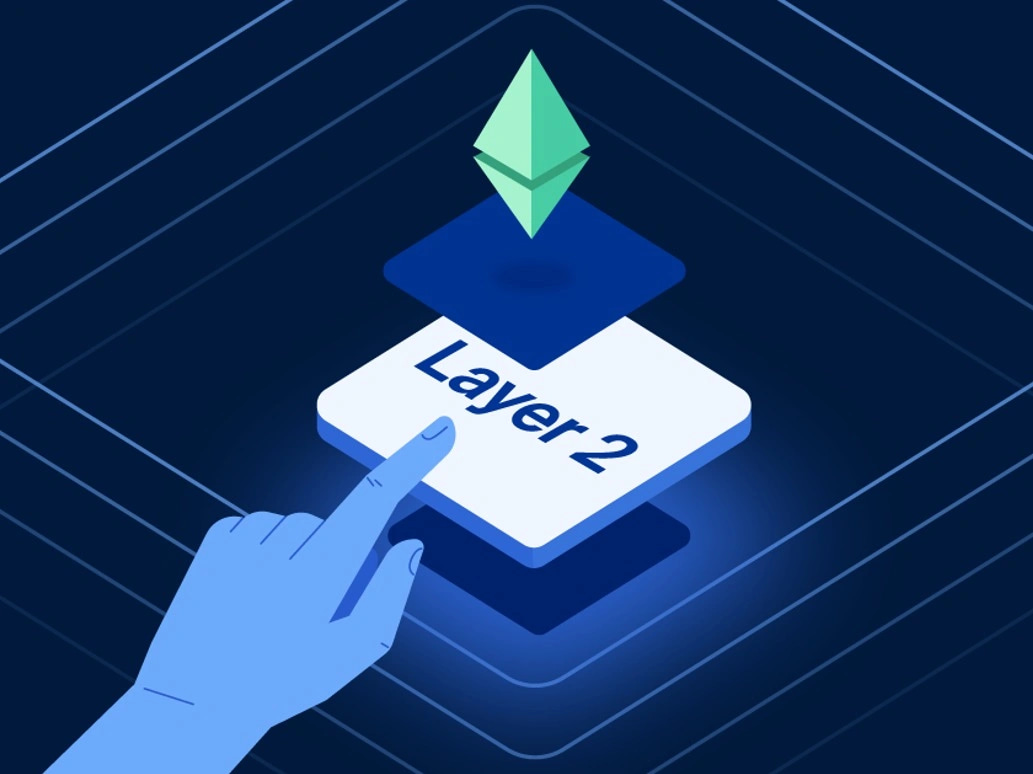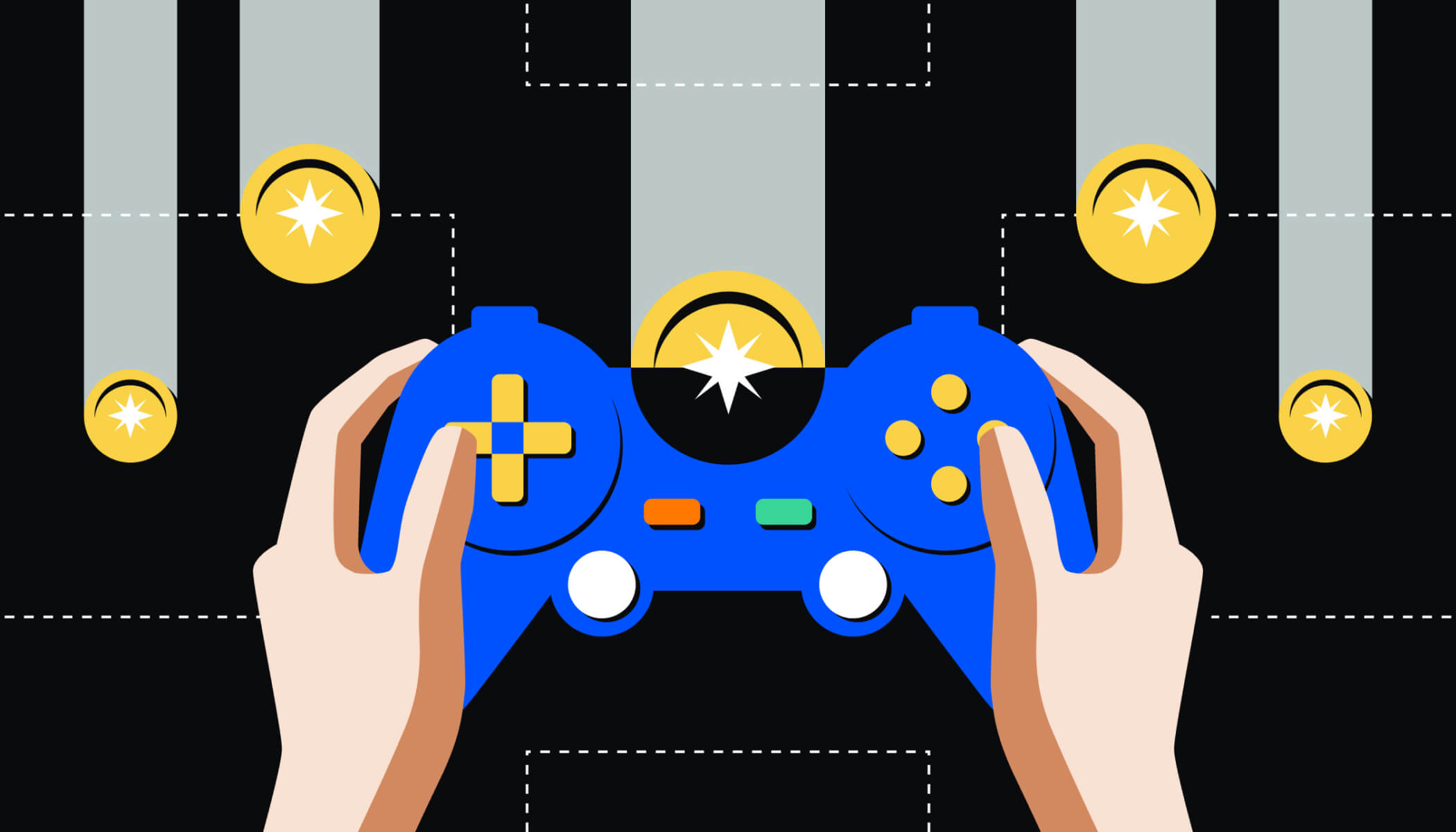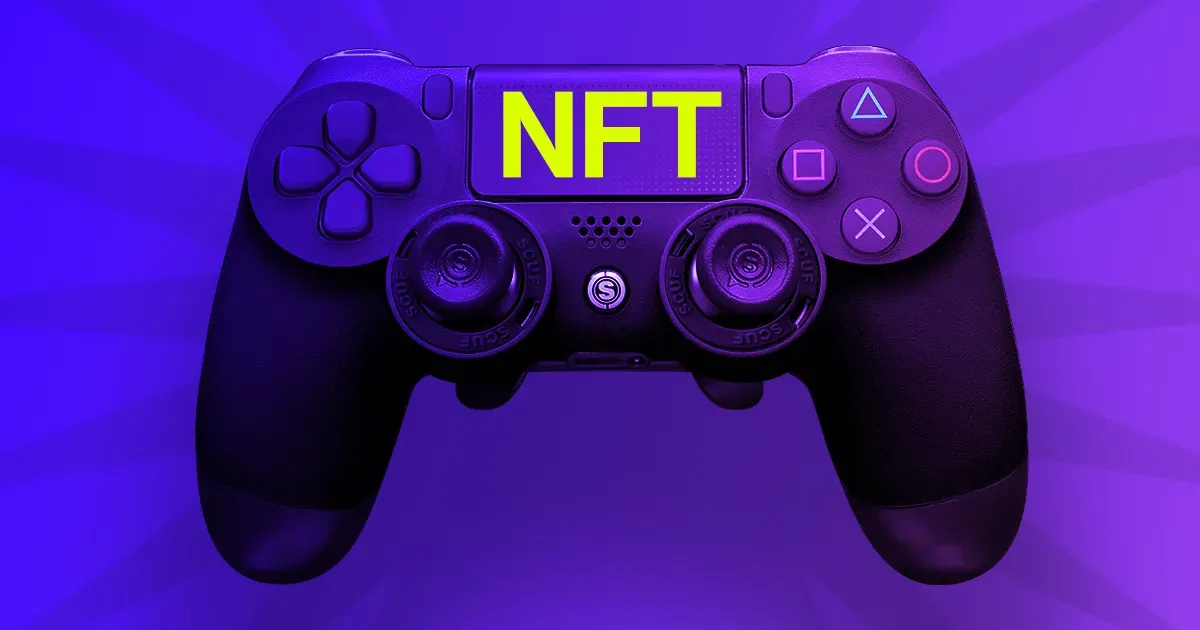The gaming industry is undergoing a seismic shift. While AAA studios still dominate headlines with cinematic experiences and blockbuster releases, a new wave is rising—one driven by Web3 technologies, community involvement, and indie developers unafraid to experiment. This article explores the fundamental differences between AAA and Web3 indie games, focusing on innovation, development costs, and the future of gaming.
Web3 Indie Games: Decentralization Meets Creativity
Web3 indie games represent a bold new frontier in gaming. Created by smaller, independent teams, these games leverage blockchain technology to empower players with actual ownership of their in-game assets. Unlike traditional games where items and rewards are locked into a single ecosystem, Web3 games allow players to own, trade, and even monetize their digital assets across different platforms.
Key Features of Web3 Indie Games:
- Decentralization: Game logic and assets are stored on blockchain networks, ensuring transparency and reducing dependency on central servers.
- True Ownership: Players own NFTs representing characters, items, or virtual land, which they can buy, sell, or use elsewhere.
- Community Governance: Many games incorporate DAOs (Decentralized Autonomous Organizations), letting players influence development decisions.
- Interoperability: Assets can move across games and ecosystems, fostering cross-game economies.
Examples of Web3 Indie Games:

- Axie Infinity – Breed and battle collectible NFT creatures.
- The Sandbox – Build and monetize virtual worlds.
- Decentraland – Own land, create experiences, and vote on development.
- Illuvium – An interoperable blockchain RPG with cross-game functionality.
- Gods Unchained – A card battle game where players truly own their decks.
These features create a powerful dynamic: players aren’t just gamers—they’re stakeholders and contributors to the game’s evolution.
AAA Games: Big Budgets, Bigger Worlds
AAA games are developed by industry giants with deep pockets, cutting-edge technology, and massive teams. They are known for offering high production values, immersive storytelling, and broad commercial appeal. These games set the bar for graphical fidelity and gameplay depth but often come with limitations in player agency and ownership.
What Sets AAA Games Apart:
- Cinematic Storytelling: Often rivaling Hollywood films in complexity and production.
- Large Development Teams: Dozens or hundreds of specialists contribute to expansive worlds and complex systems.
- Publisher Oversight: Big publishers steer direction, marketing, and monetization strategies.
- Massive Reach: Through global campaigns, AAA titles reach millions upon release.
Popular AAA Titles:
- Grand Theft Auto V
- Call of Duty: Modern Warfare 2
- The Witcher 3: Wild Hunt
- Final Fantasy VII Remake
- God of War (2018)

Though beloved for their polish, AAA games often limit creativity due to high financial risk and rigid production cycles.
Development Costs: Web3 Indie vs AAA
One of the starkest contrasts between these two sectors is cost. AAA titles can cost upwards of $100 million to develop, with marketing budgets sometimes reaching an additional $300 million. On the other hand, Web3 indie games generally range between $1,000 to $1 million in development costs, offering a more accessible path to market entry.
Key Cost Differentiators:
| Factor | Web3 Indie Games | AAA Games |
|---|---|---|
| Team Size | Small (5–20 developers) | Large (100+ developers) |
| Tech Stack | Public blockchains, Unity/Unreal | Custom engines, proprietary tools |
| Timeline | 2–6 months | 12–36 months |
| Marketing Budget | Low (<10% of total) | High (30–50% of total) |
| Ongoing Support | Community-driven updates | DLCs, patches, expansions |
Moreover, Web3 indie games often minimize risk through play-to-earn models and community funding mechanisms, reducing reliance on upfront capital.
The Future: Hybrid Games and the Democratization of Gaming
The divide between AAA and Web3 indie games is beginning to blur. With advances in generative AI, user-generated content (UGC), and decentralized infrastructure, a hybrid model is emerging—one where AAA-quality graphics meet indie creativity and community empowerment.
Trends to Watch:
- User-Generated Economies: Games like Fortnite and Roblox already rely on UGC, and Web3 amplifies this by enabling true asset ownership.
- Decentralized Publishing: New Web3 platforms are enabling independent developers to reach global audiences without traditional gatekeepers.
- AI-Powered Creation: Indie teams are using AI to accelerate development, rivaling what used to require AAA-sized teams.
As Web3 matures, indie developers are not just closing the quality gap—they’re leading innovation. AAA studios, facing skyrocketing costs and risk-averse production strategies, may soon find themselves adopting Web3 principles to stay competitive.
Final Thoughts
The rise of Web3 gaming marks a transformative moment in the industry’s history. While AAA games will continue to deliver stunning visuals and engaging experiences, it’s the Web3 indie developers—armed with blockchain, AI, and community backing—who are rewriting the rules of game development and player engagement.
In a world where players demand more agency, transparency, and value from their gaming experiences, Web3 isn’t just an alternative—it’s the future. And that future is being built not by the industry’s biggest studios, but by its most daring creators.



